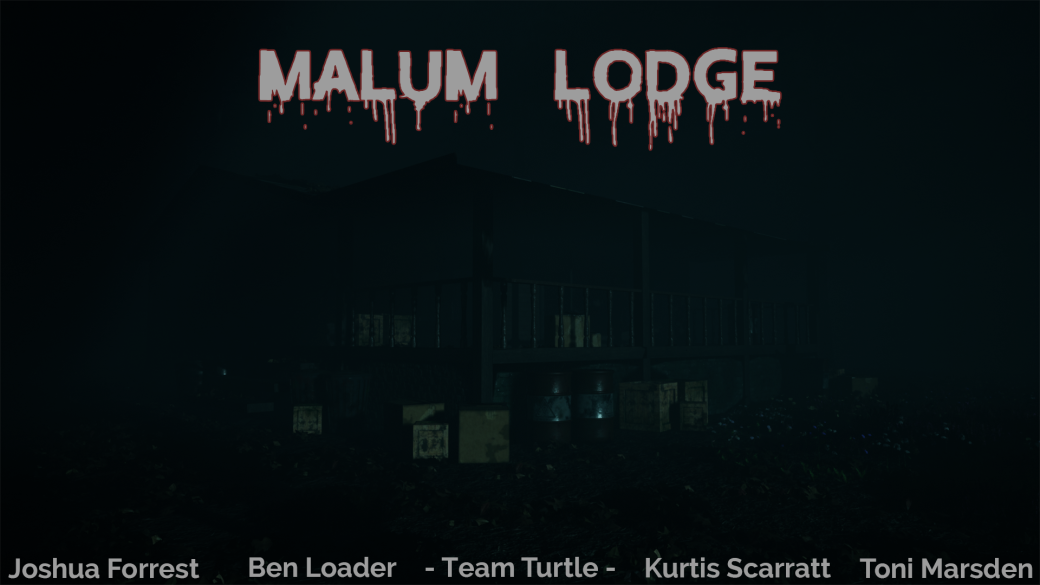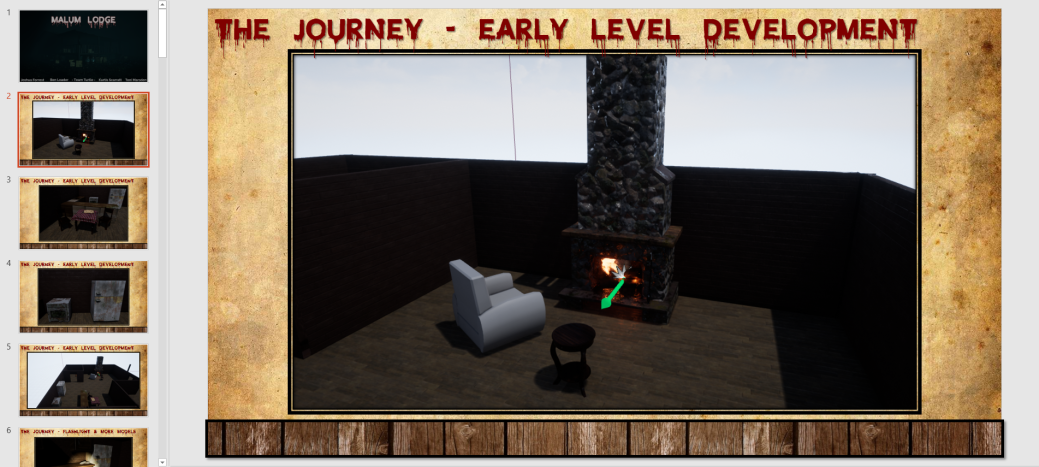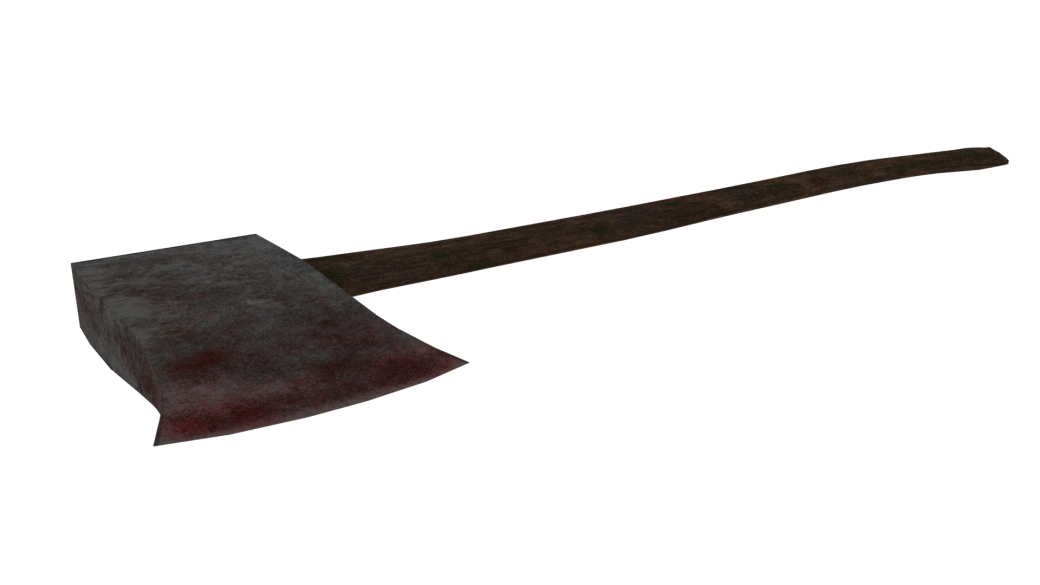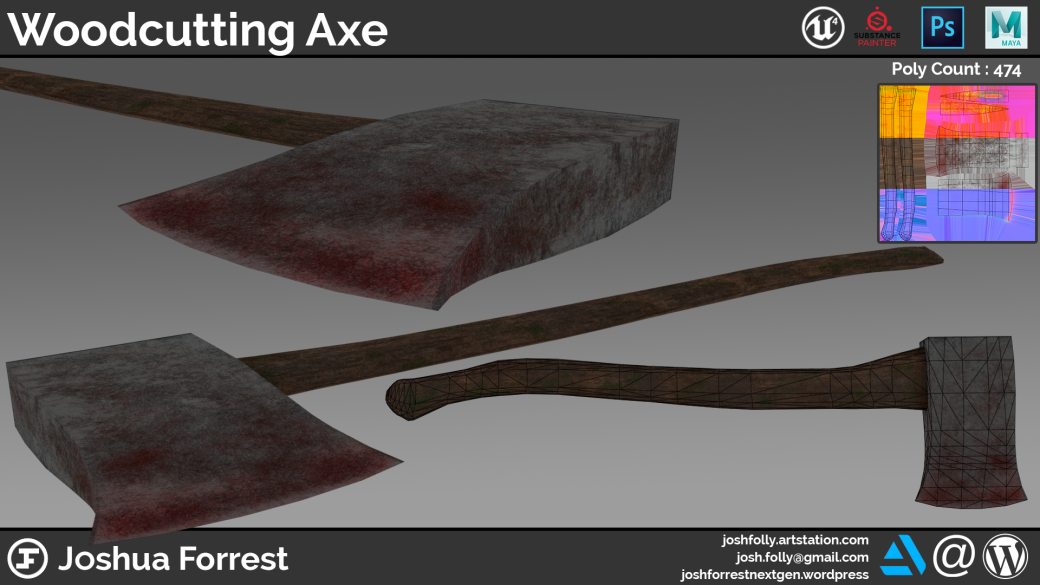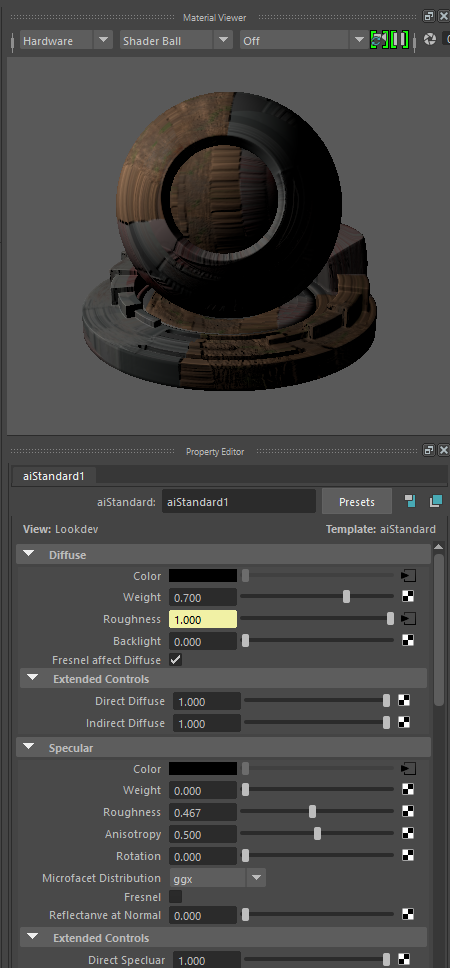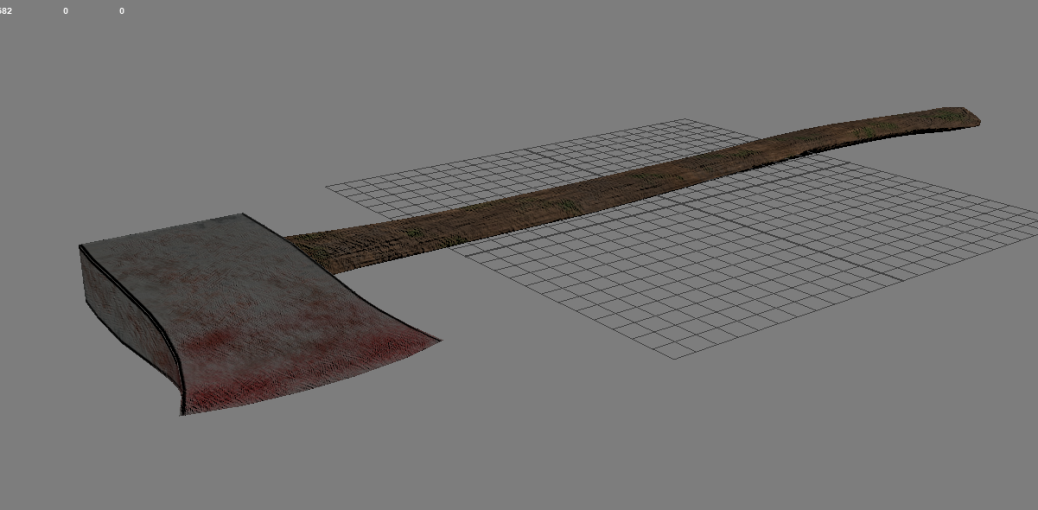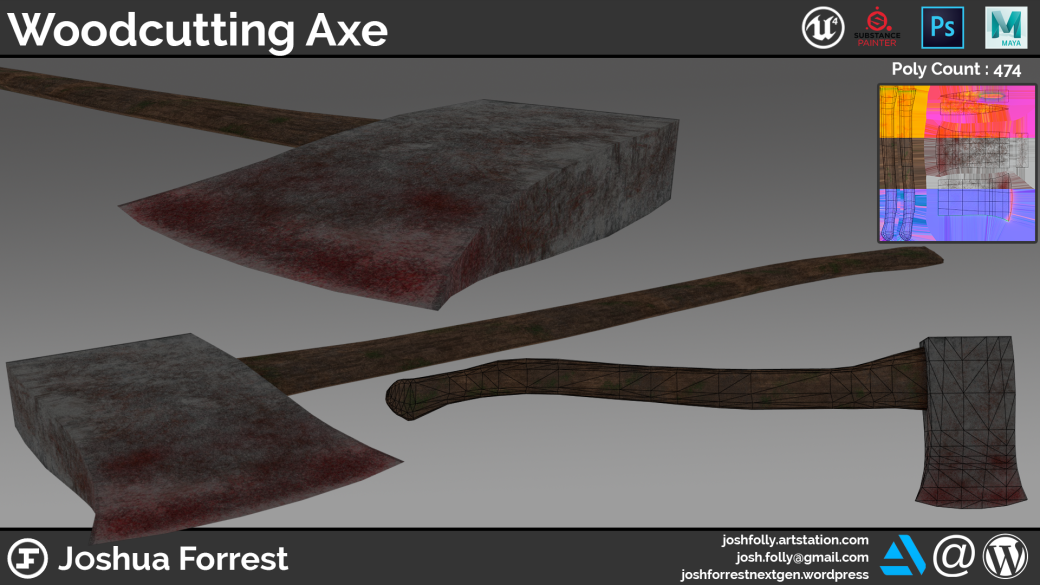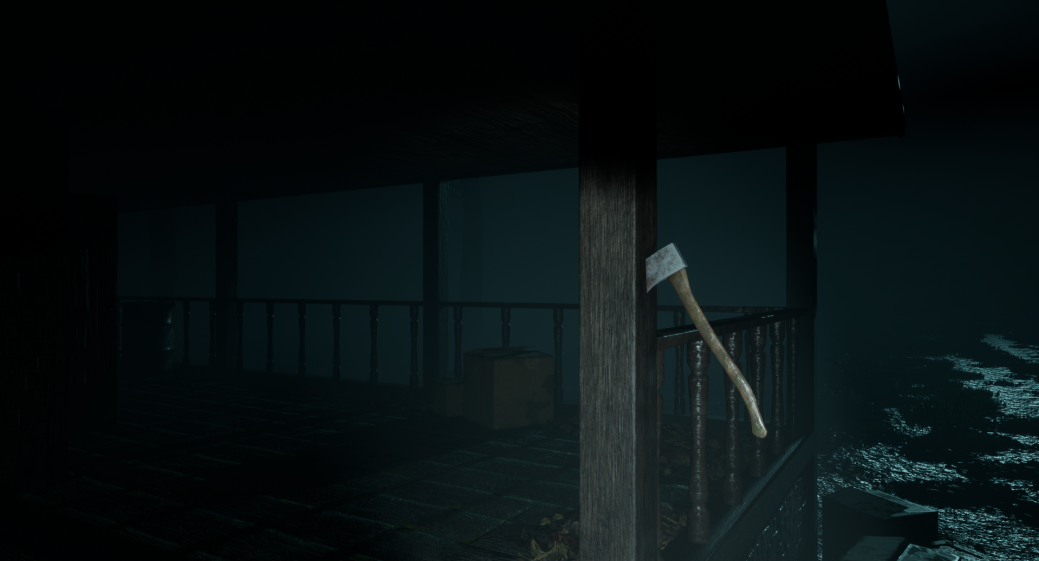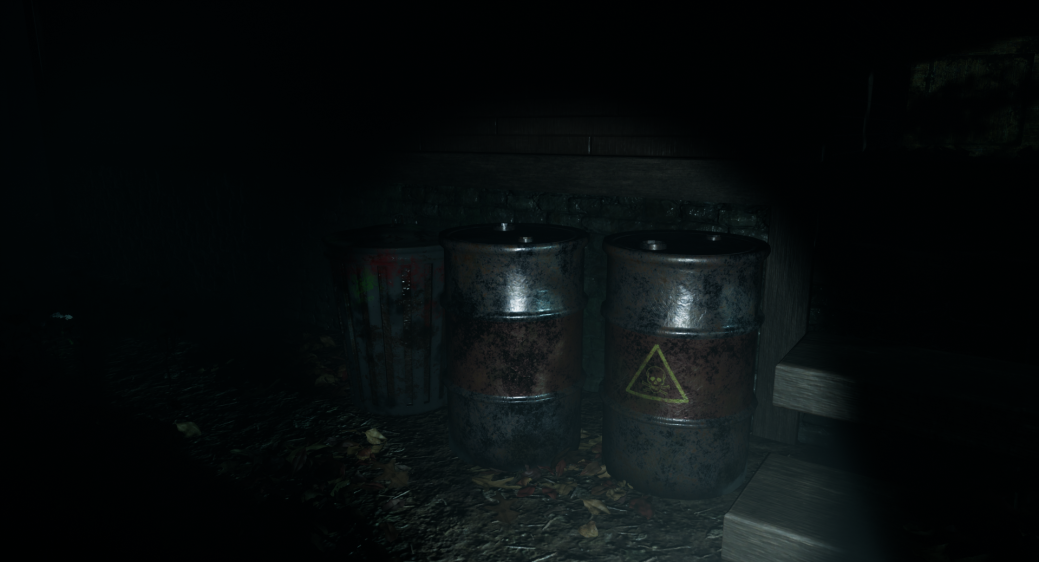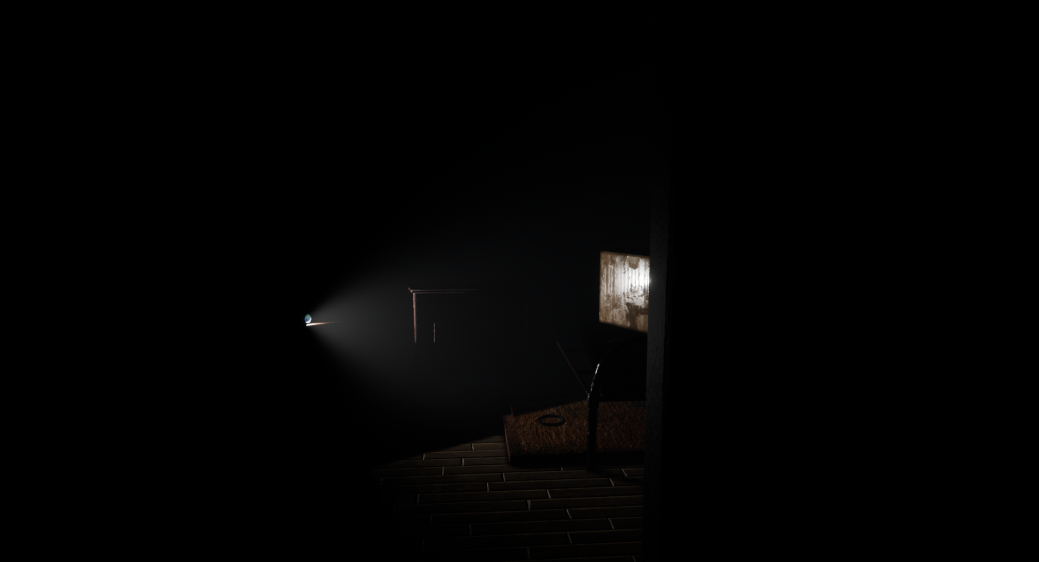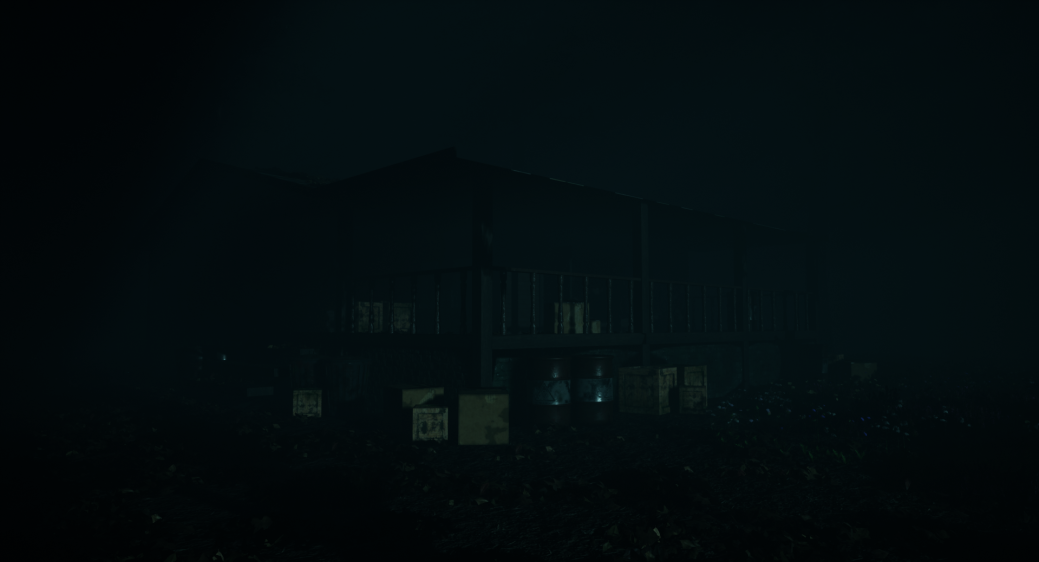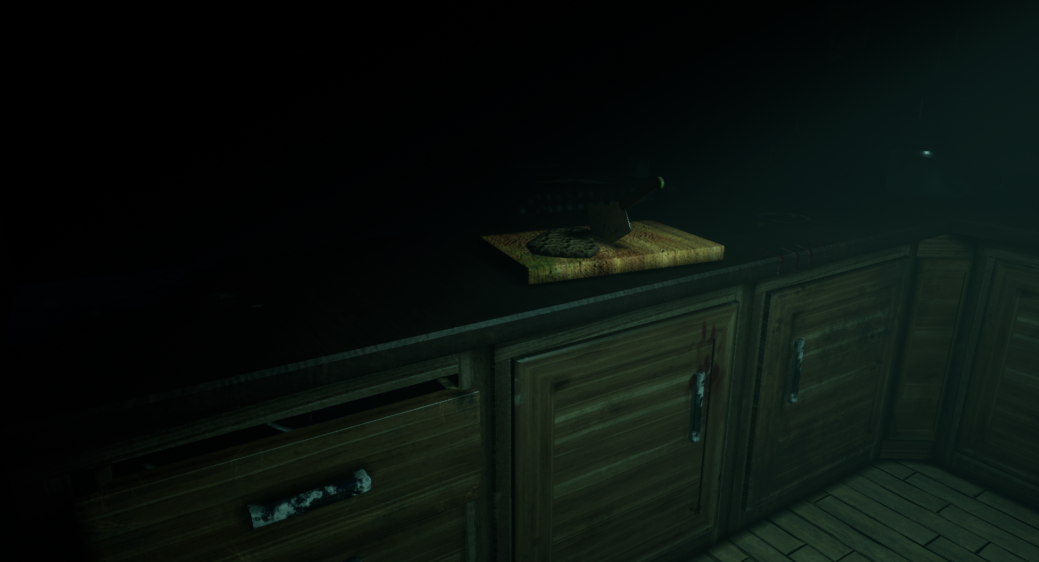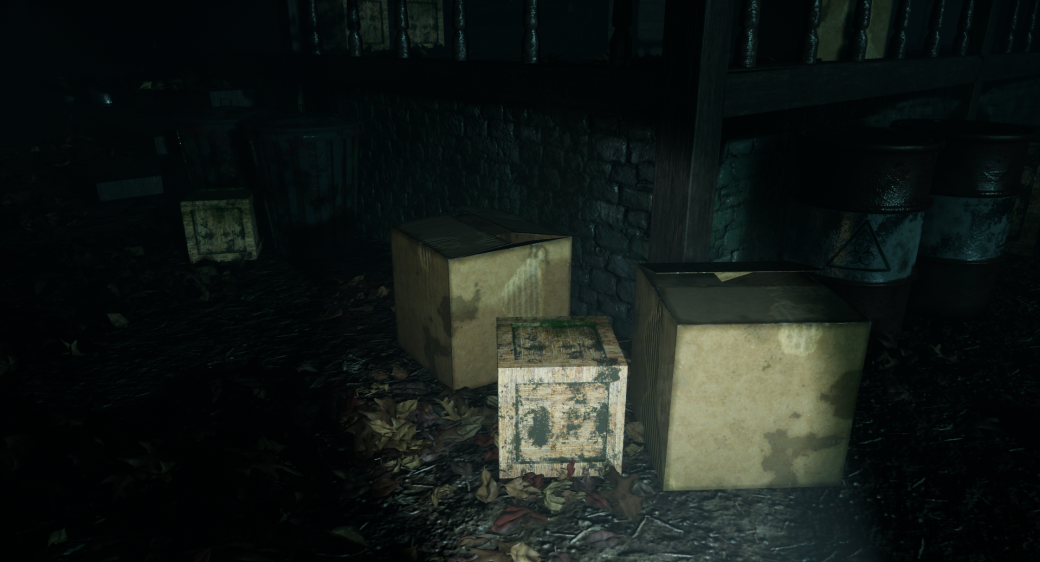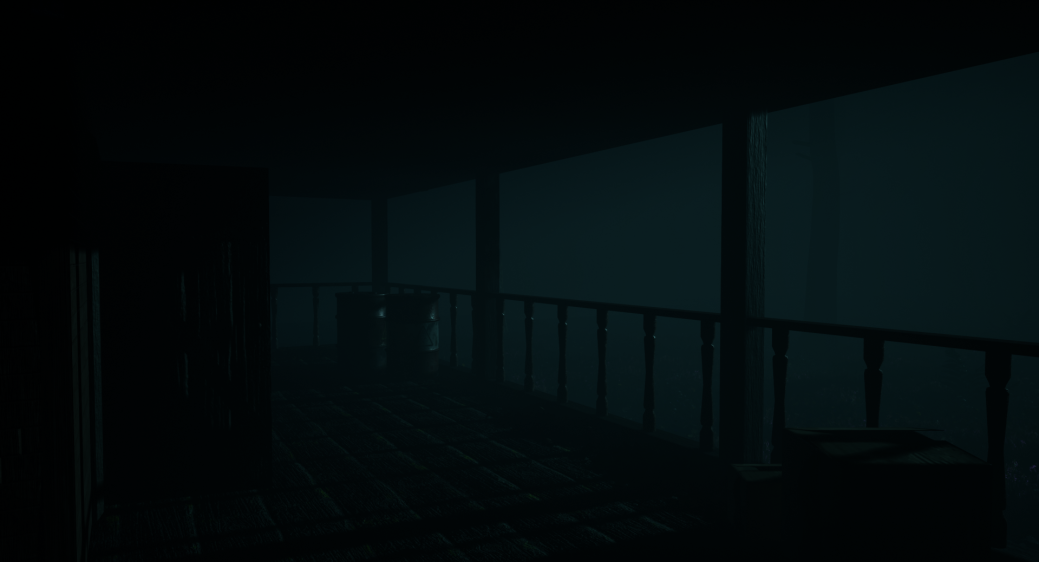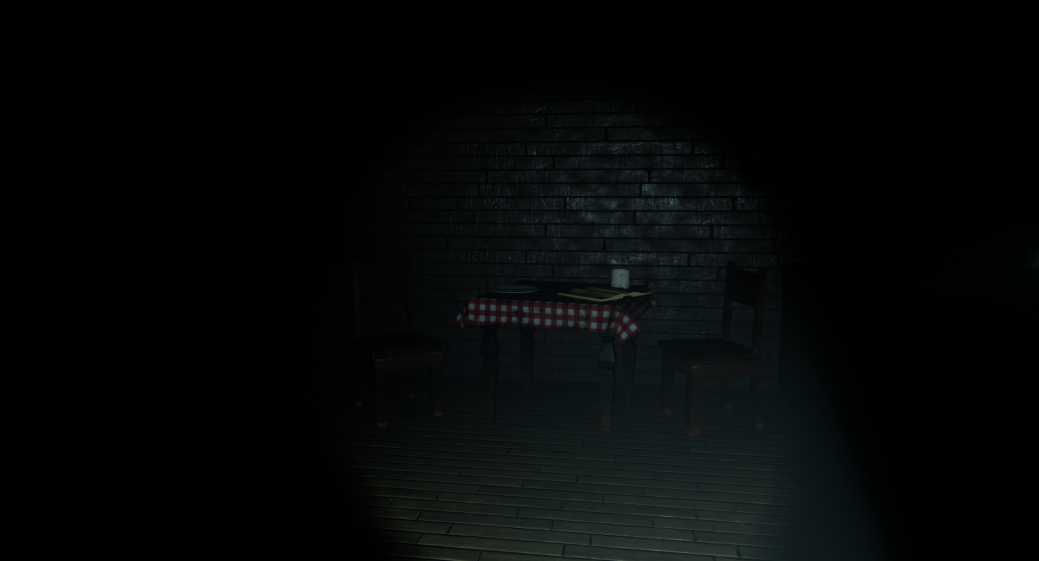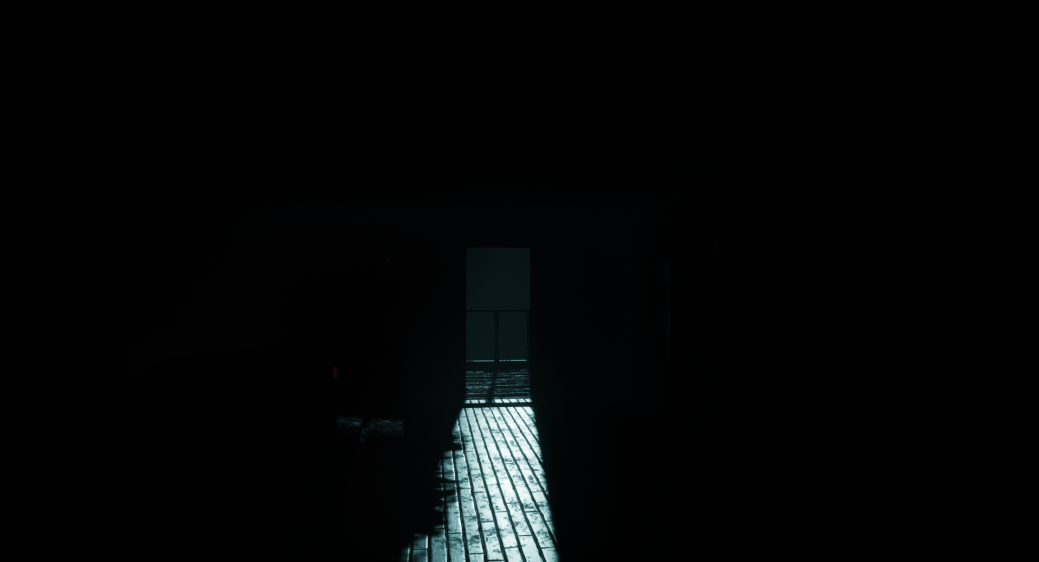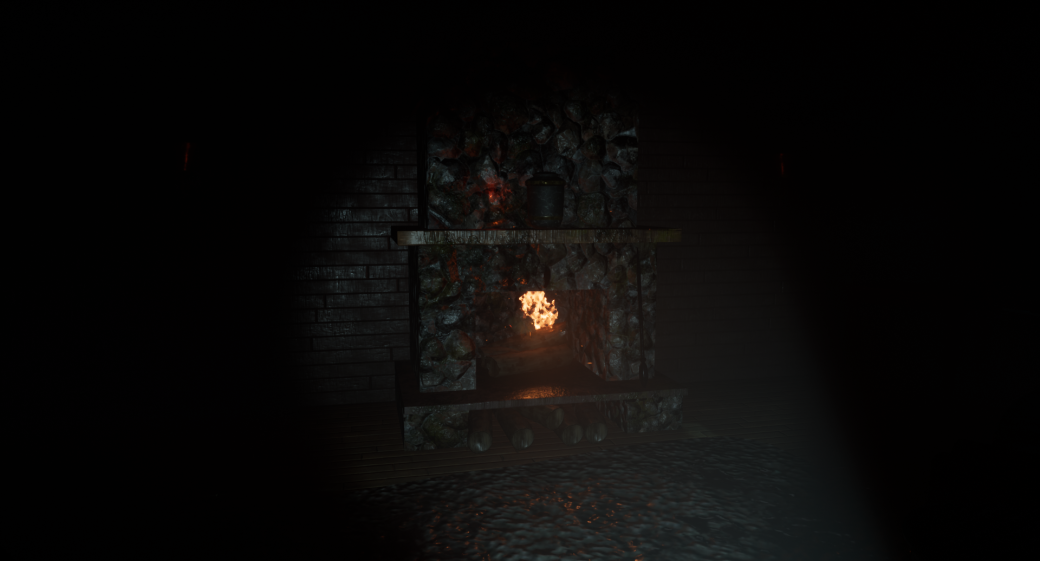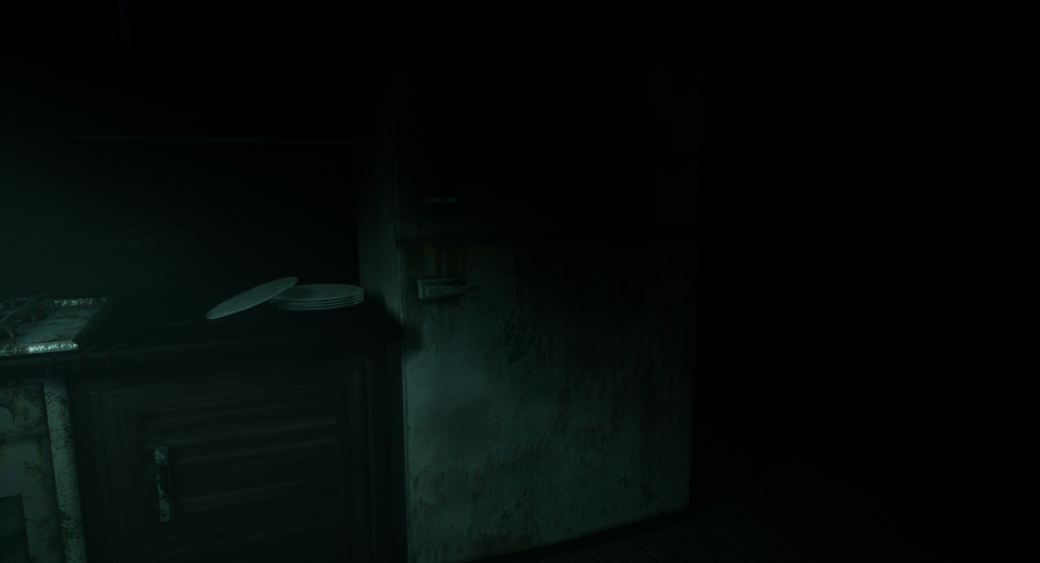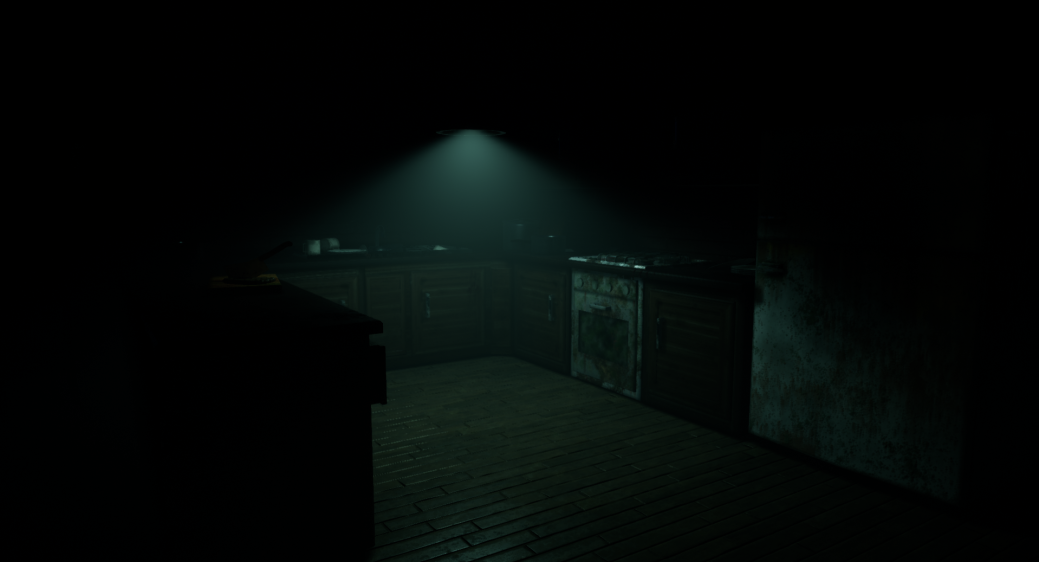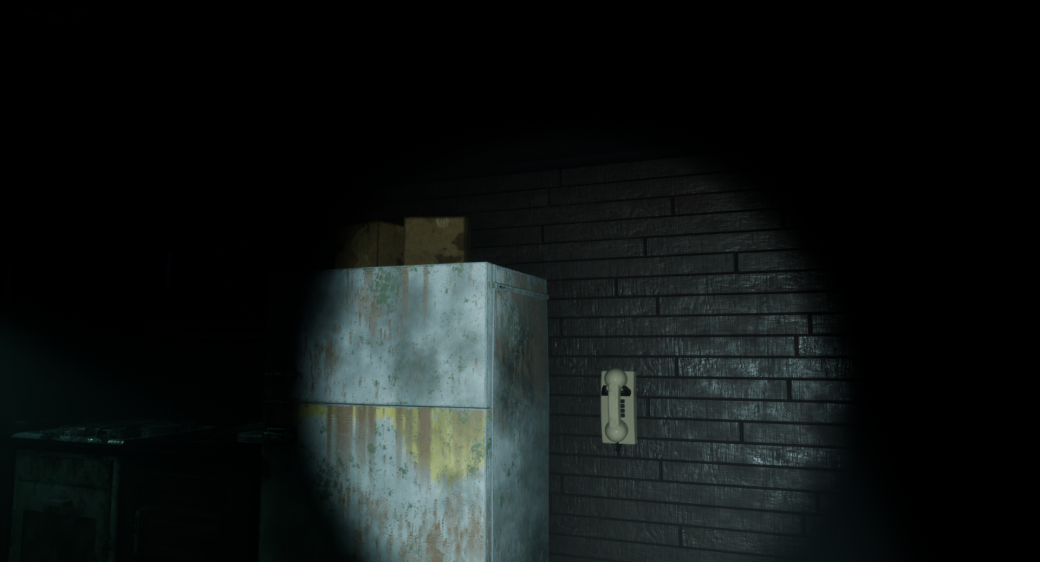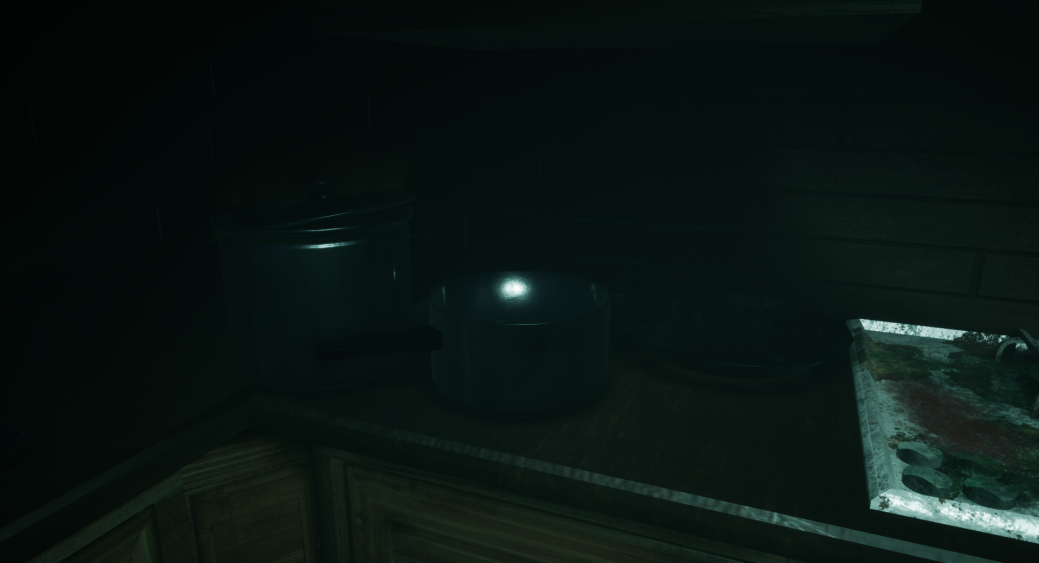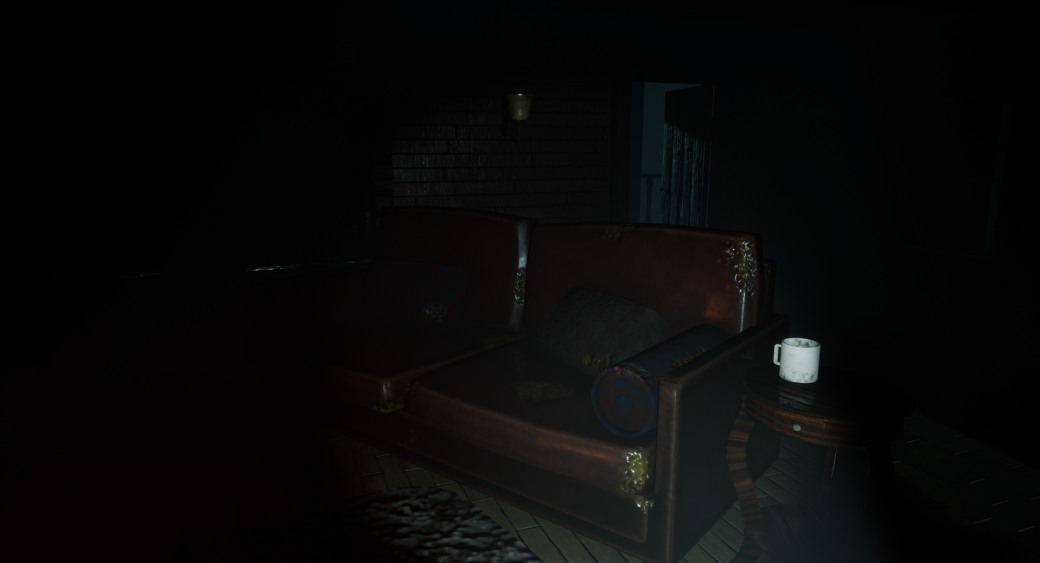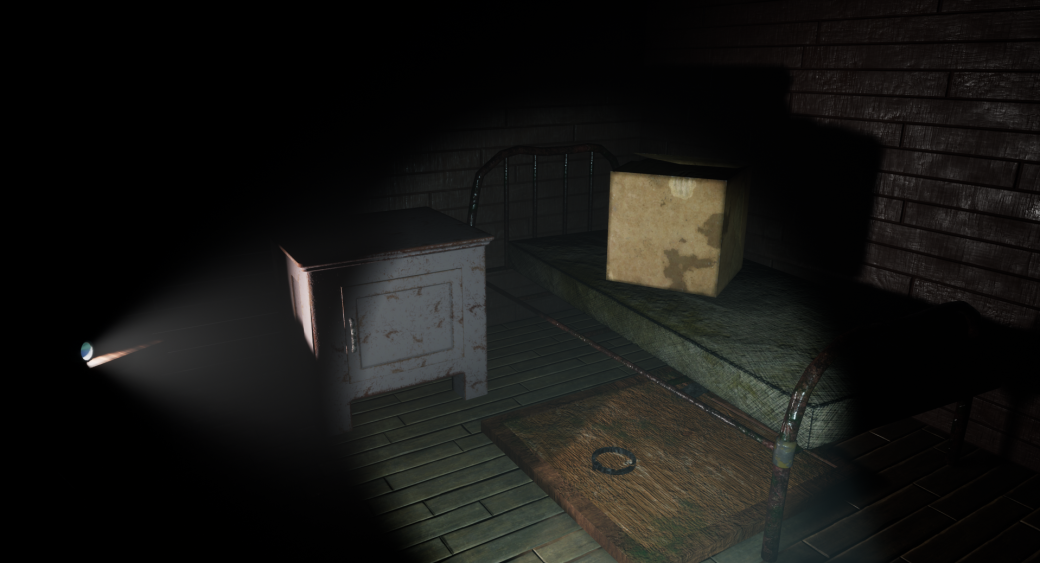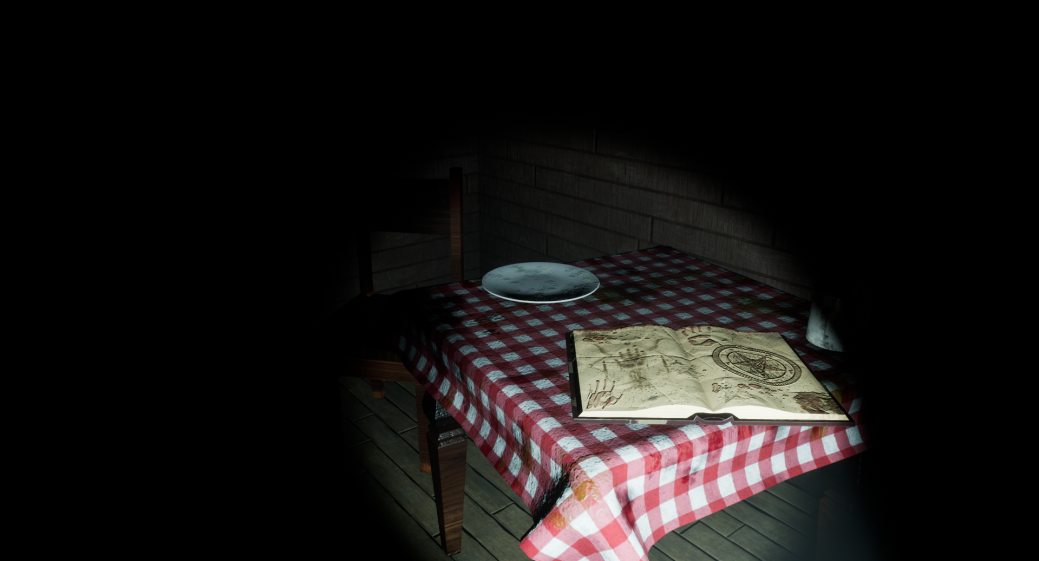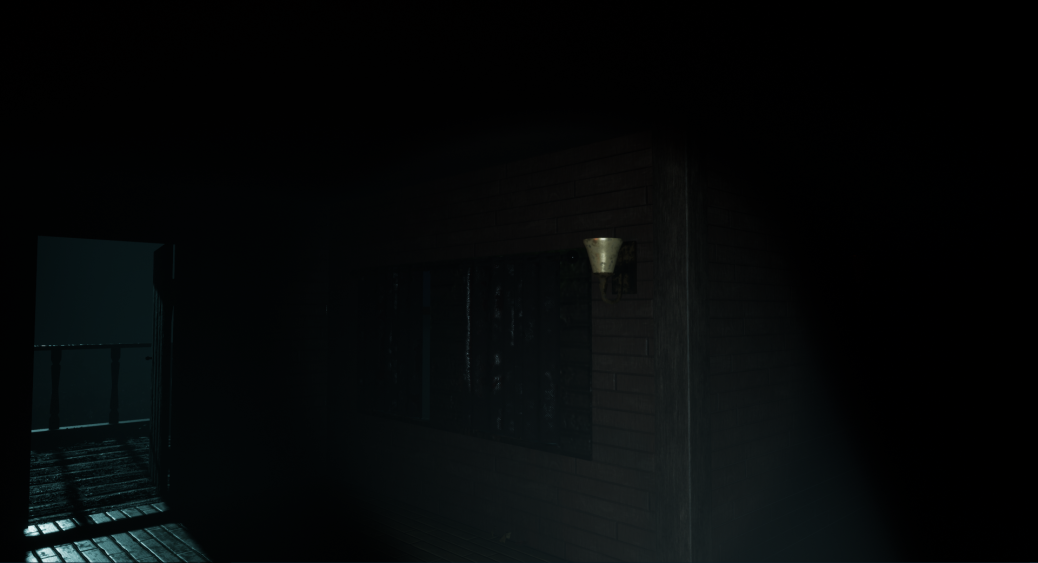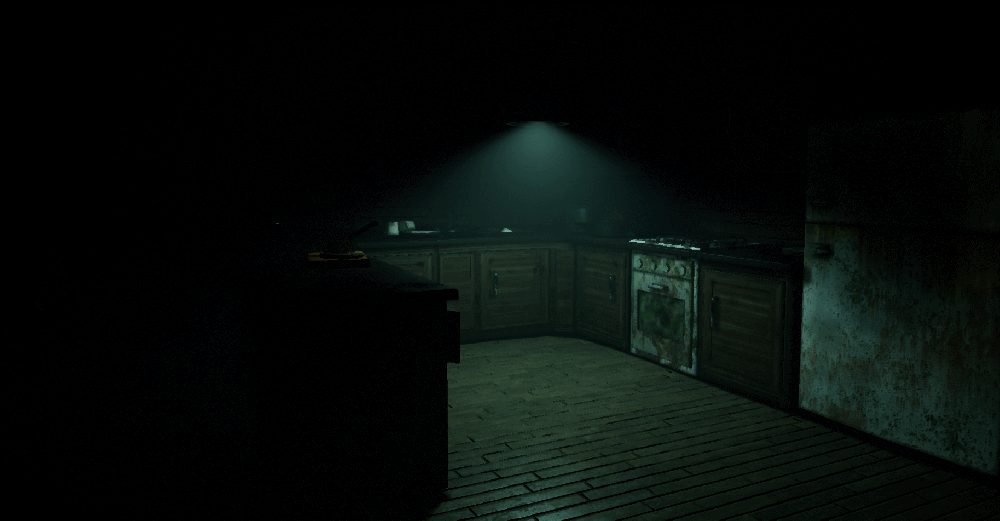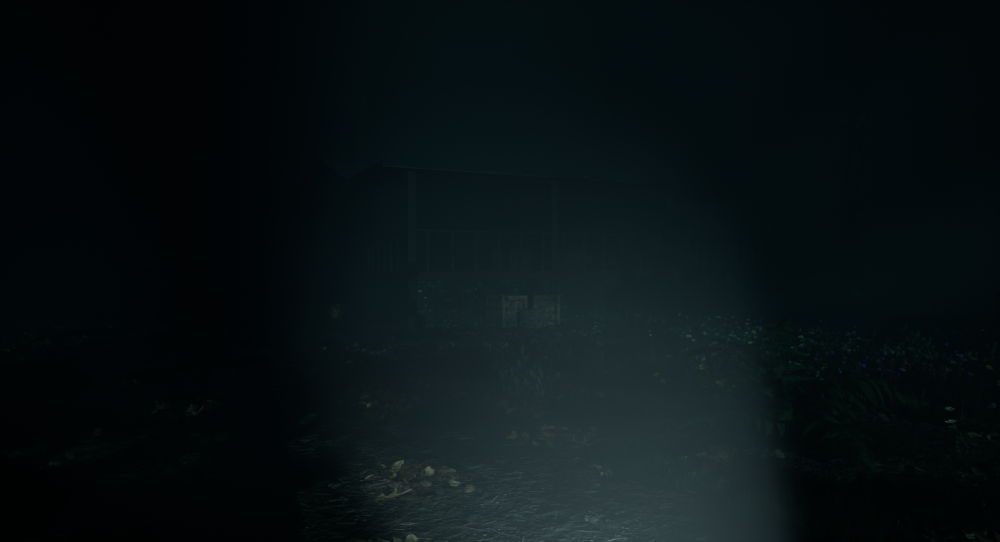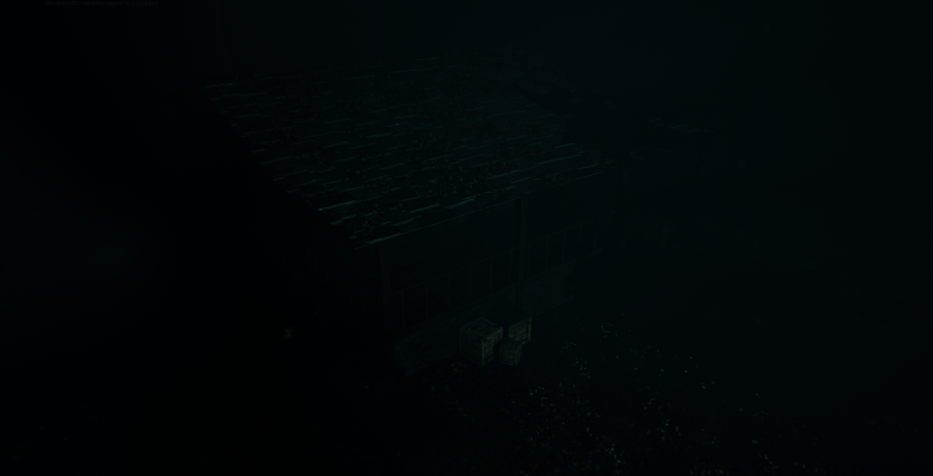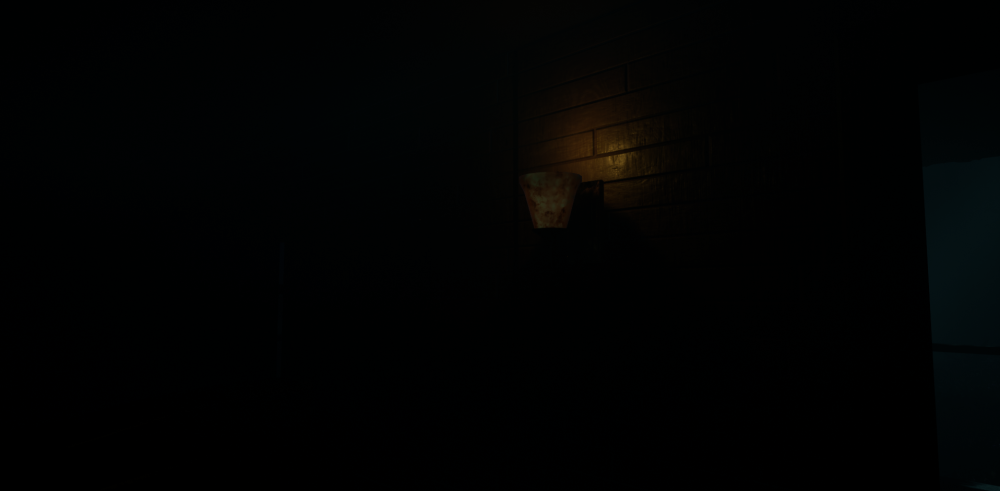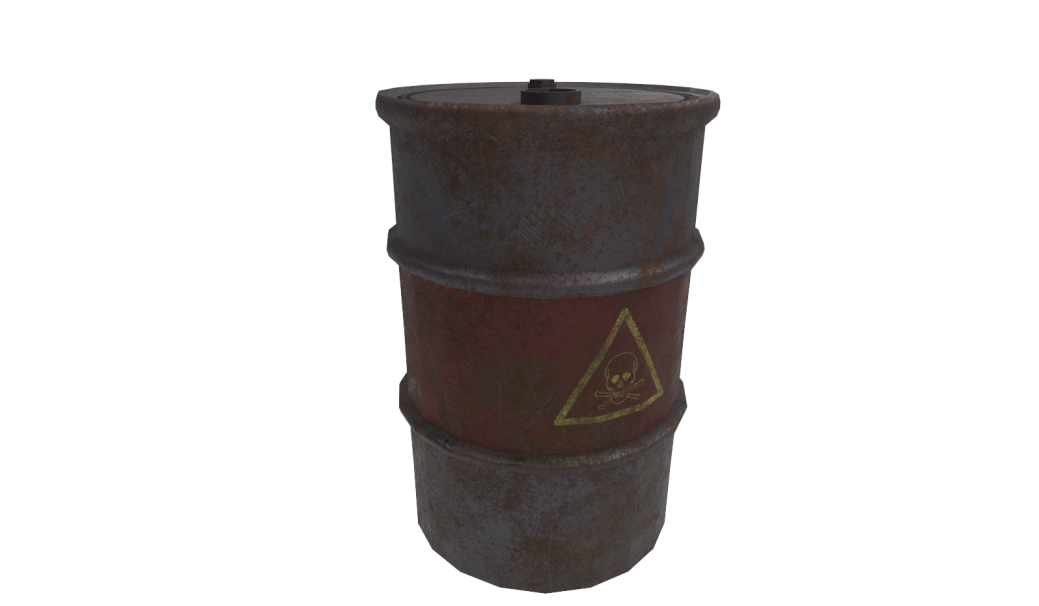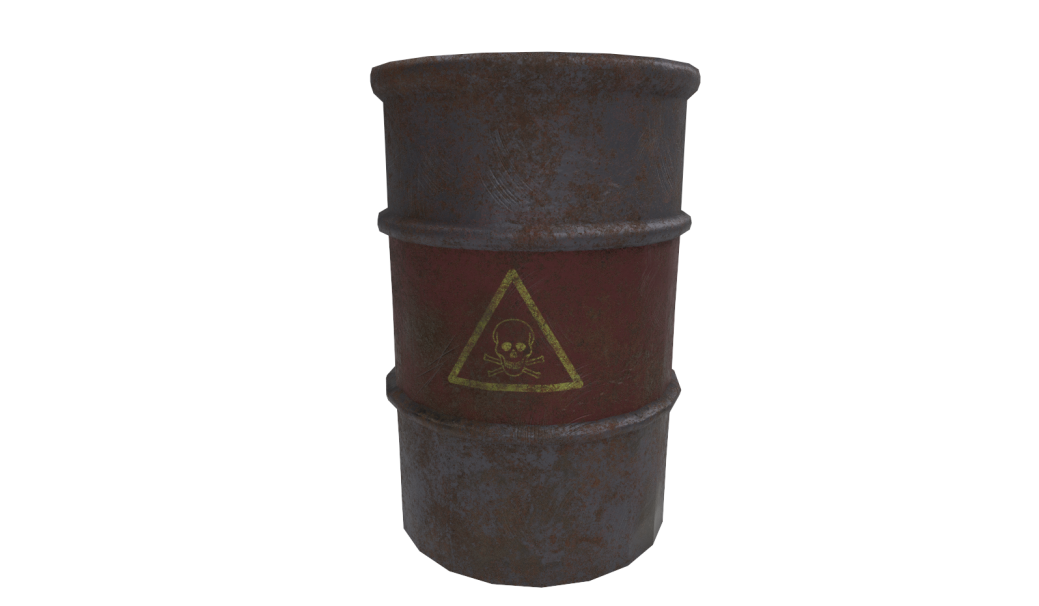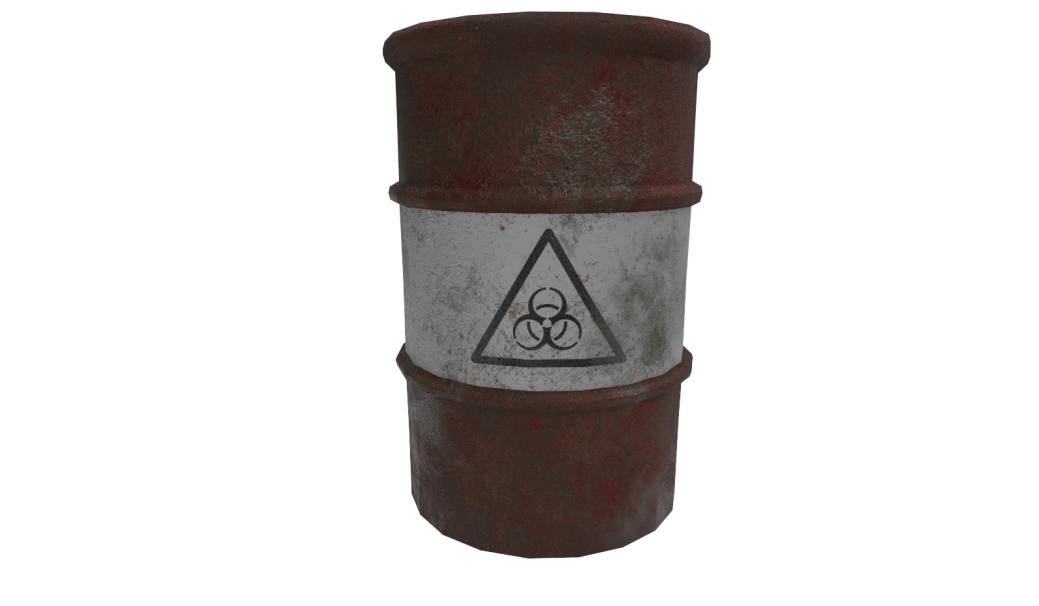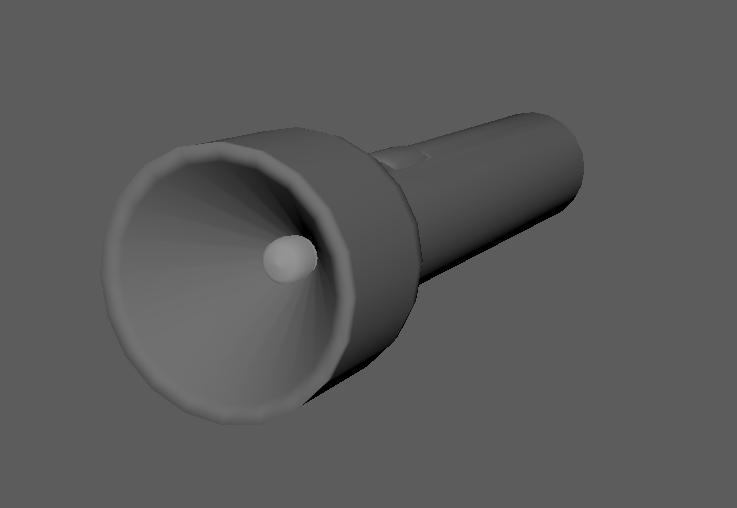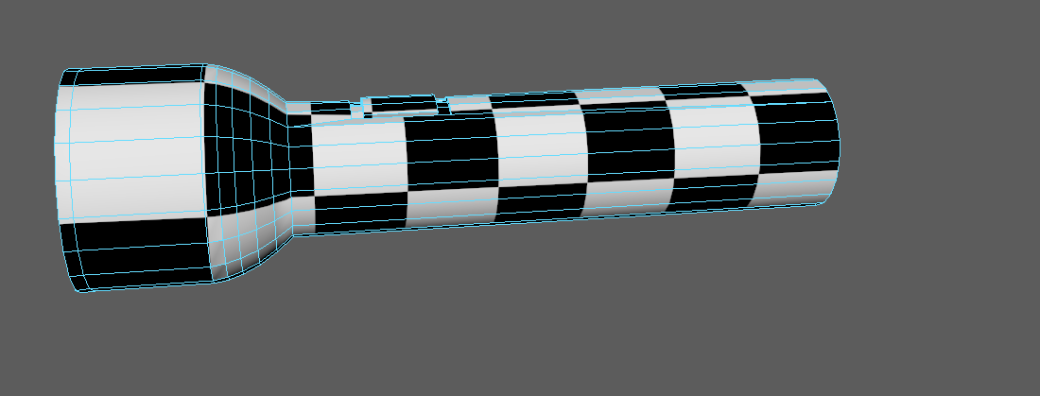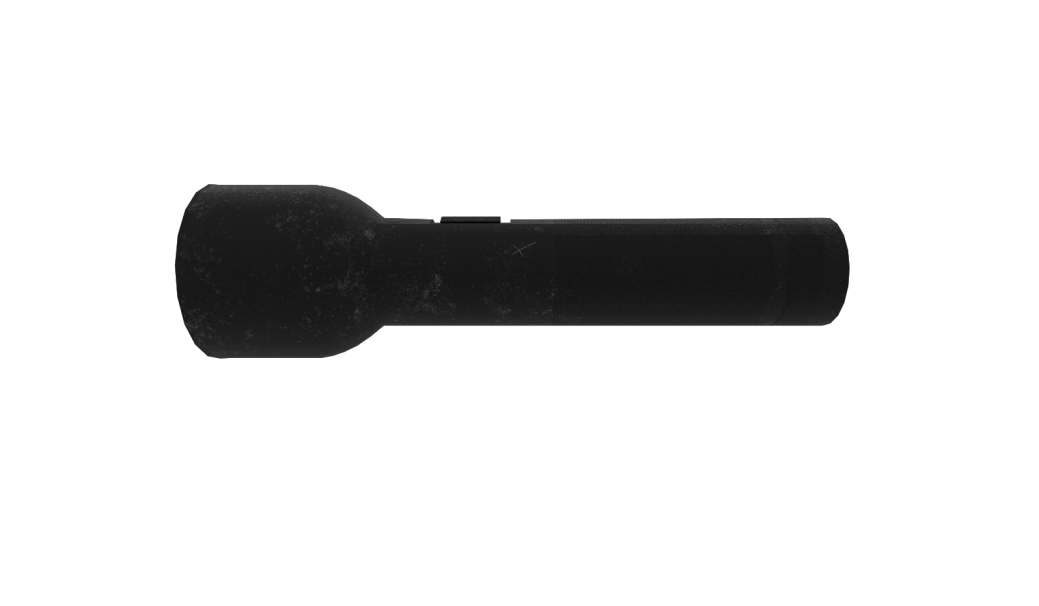Over the course of the last few months I have worked with my team to try and create a great product. Overall I think that the final build ended up looking great and I was really proud of my contribution to the project.
My primary role was to create 3D assets that would go into the scene to actually create the level. Everyone in my group had a modelling role as well as other jobs. Through the process of creating the models I developed some of my skills with different tools within the software and I am now much more familiar with substance painter than what I was in September. For many of my models I have tried to bake some details into them to try and have a good but also complete workflow. This is something I am going to try and continue working on by creating high poly mesh versions of each of the models I create. When exporting I would end up with three different maps but these would include things like normals, roughness and height. This project has also helped me get a further understanding of what each of the different maps do for the 3D models. I am also going to use a lot more reference images in the creation of my models so that the textures can be as good looking as possible. Each member of the team created various models for the scene which can be seen in the asset sheet.


Not all of the assets were completed however this was due to us adding assets to the lists as we went along so we had more overall than what was originally planned.
From the beginning of the project I opted to use Unreal Engine 4 to create the scene. During the planning we had forwarded a couple different ideas such as using Unity or actually building the scene in Maya. However we decided on UE4. I believe this was the correct choice due to the realistic lighting and how unreal allows the objects to look realistic in an environment. Me and Ben were assigned with compiling everyone’s model’s and compiling them into the scene. At first this was confusing due to the fact that applying shaders and maps in Unreal 4 is node based however once we understood that it became very simple to do. Other than just simply adding the models into the scene we also had to do various other tasks such as add the lighting and atmospheric detail. By the end we had all of these jobs done and Ben even managed to add some animations into the final build. We also included Diegetic and none-diegetic sounds.
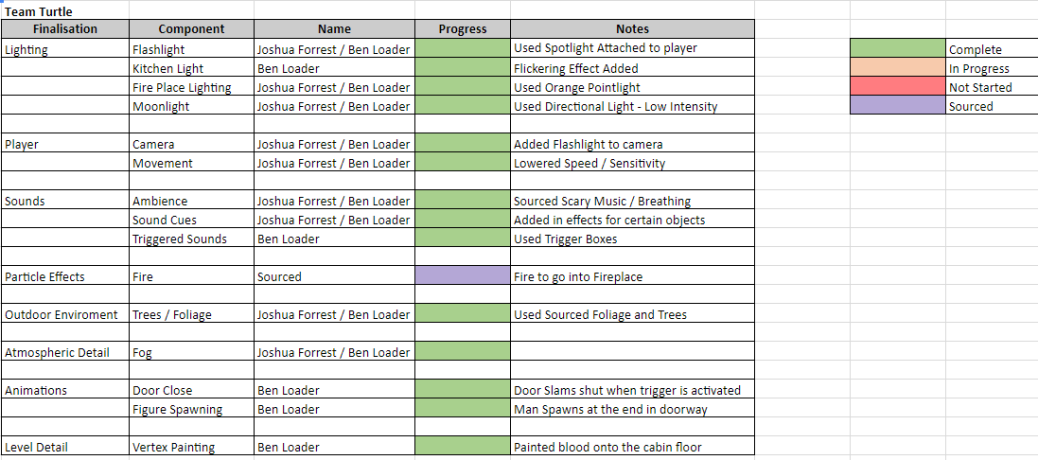
When it came to presenting the project we chose to do a gameplay demo. This would be a short video that was a recording of someone walking through the level. This was so that we could show off all of the different aspects of the scene including all of the individual models.
One thing that I believe needs the most improvement was the initial plans for the level as we started out with a simple idea and it kind of took shape overtime rather than having everything planned out from the beginning. We knew we were going to do a cabin and we had a short asset list however this began to expand over the course of the project. Members of my group did do some concept art that we used in the creation of the level but there wasn’t a lot. This was also stated in the feedback and I 100% agreed with this.
Feedback – “Well scoped and “complete” project, displayed well in the video. The environment could have more clutter to make the environment feel even more alive. Some of the materials and textures look like default Substance Painter work, so try to push for the next level by adding extra details (use more reference material for this). Your early planning could’ve been more efficient and the end result would be even better than the already impressive result you have now. The sounds didn’t quite have the impact they could’ve done, so make sure they get a little more of your attention in future. Adding more jump scares would have really captivated the audience and provided more atmosphere for the world – look at games like Condemned and Outlast. Pre-production is really important – you need to fully realise the project in as much detail as possible before you start. Make sure on synoptic you plan and TEST is a lot more depth. Expose yourself to as much research as possible rather than finding one thing you like and settling with that – cast your net wider.”

